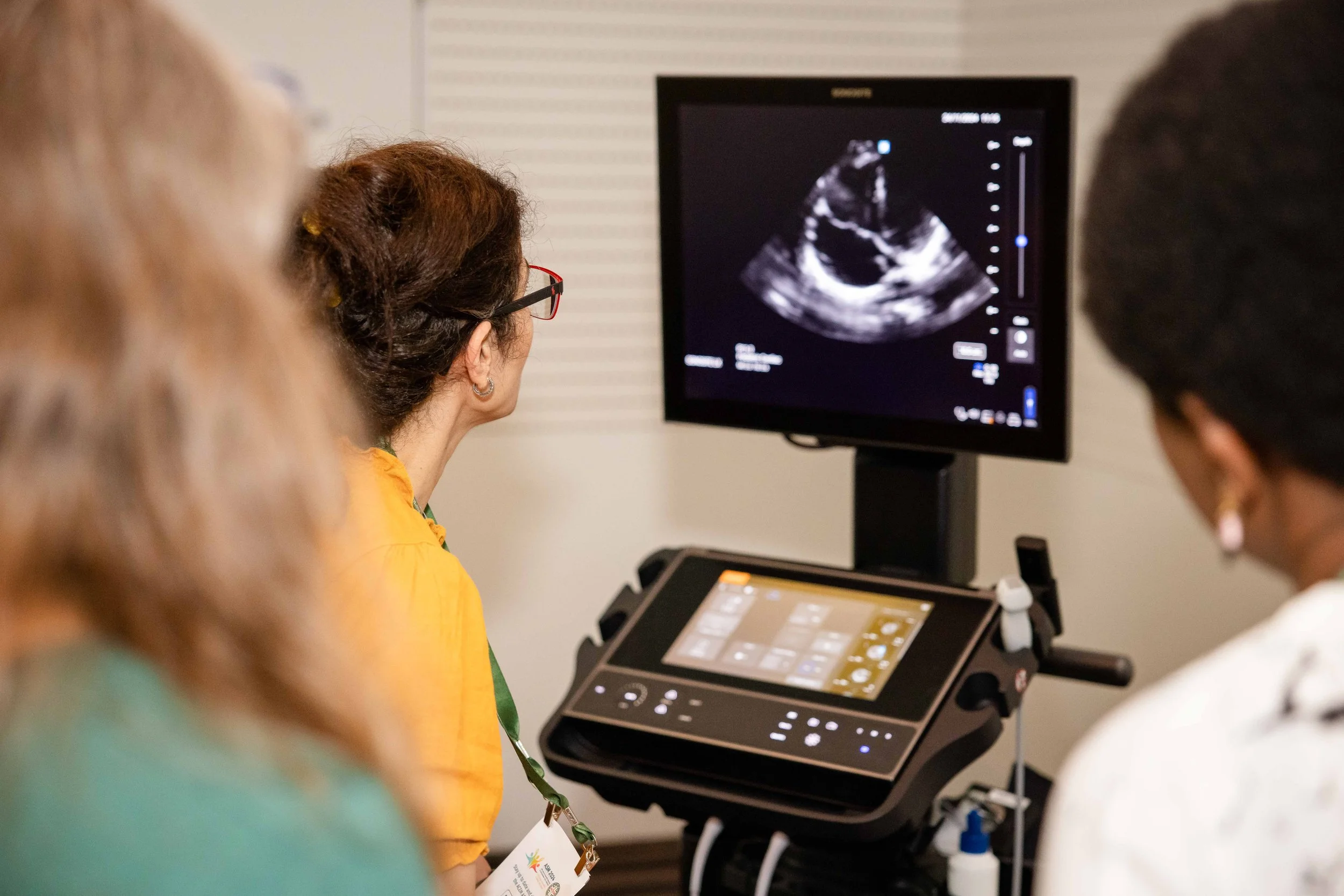Data-driven findings help improve patient care
When ACEM’s Annual Site Census data was updated in September 2024 – capturing comprehensive emergency department (ED) activity, staffing and resource data from ACEM-accredited EDs across Australia and Aotearoa New Zealand – many people were keen to utilise the latest findings.
FACEM Dr Rachael Gill, Deputy Director Coffs Harbour Emergency Department, Staff Specialist Macksville District Hospital and Deputy Chair NSW Faculty ACEM, was one of them.
With 19 FACEMs working with her, Dr Gill says it’s vital that ACEM collects the annual data so EDs can ‘benchmark our own activity and performance within the greater context of our resources relative to our peers’.
Monitoring activity matters
Each year, ACEM distributes the Annual Site Census to the directors of emergency medicine and emergency medicine training at all ACEM-accredited EDs across Australia and Aotearoa New Zealand. Findings from the Site Census are used to monitor activity, staffing and resources of accredited sites and provide an evidence base for ACEM policy and advocacy initiatives relating to ED workforce and functioning.
The 2023 Site Census was distributed to 148 ACEM-accredited sites, with ED activity and case mix data sought from 1 July 2022 to 30 June 2023, and all other data being current at the time of completing the survey. For the first time, the data is available through interactive data dashboards on the ACEM website, offering a more user-friendly and accessible way to explore and compare the findings.
All 148 ACEM-accredited sites (129 in Australia and 19 in Aotearoa) submitted the 2023 Site Census. Data is reported by region (country/state or territory) and hospital peer group.
The 2023 Site Census found persistent challenges warranting action and improvement, including difficulties around filling emergency physician and FACEM trainees' vacancies, continued workforce maldistribution and prolonged length of ED stays.
‘It is important to understand the landscape within which we work as emergency physicians in general. This assists us to advocate for our patient from an informed perspective and provides a foundation for workforce and project planning,’ Dr Gill says.
‘Census data has assisted us to understand our resourcing of specialist and trainees relative to peer facilities, which we highlight when negotiating staffing profiles.’
Dr Gill believes she has already gained many interesting and helpful insights from the 2023 Site Census data.
“‘We are able to demonstrate that investment results in higher retention of more skilled staff.’”
‘I’ve found it interesting to understand our performance with regards to recruitment and retention of ACEM trainees relative to peer facilities as a marker of success of the training program,’ she says.
This has been determined by viewing the data of number of trainees per site, as well as the vacancies.
‘This information is very useful when advocating for the allocation of resources towards training and education - both for our primary campus and our peripheral sites,’ Dr Gill says.
‘We are able to demonstrate that investment results in higher retention of more skilled staff.’
Better planning means better resources
For FACEM Dr Asheila Narang, Acting Deputy Director of Clinical Services at Rockingham General Hospital in WA, drawing on the 2023 Site Census results has delivered similarly helpful insights.
“‘It allows us to see the growth, year by year, and seeing the data published allows comparison to similar-sized EDs.’”
‘My ED “family” consists of around 30 FACEMs (including fractional appointments) and various numbers of registrars (training, non-training, VRGPs and RMOs), which amounts to approximately 50 doctors. Our nursing colleagues and allied health team members amount to more than 100 staff members,’ Dr Narang says.
‘It is great to compare the data year on year, and by completing the data, it allows us to plan for the following year, along with requesting more resources. It allows us to see the growth, year by year, and seeing the data published allows comparison to similar-sized EDs. The comprehensive nature of the data supports long-term strategic planning.’
Dr Narang says the data has directly benefited her team’s work in many ways.
‘Explaining the decline in our KPIs by showing the increase in priority 1 and 2 presentations, despite not a matched number of increased presentations’ is just one of those ways.
“‘Completing the Annual Site Census encourages you to review the site-level data more closely and provides a solid foundation for data-driven decision-making.’”
‘The Site Census is also helpful for planning, growth, comparison year to year, benchmarking and analysing data for accountability,’ Dr Narang says.
‘It allows us to enhance the quality of care we can deliver with appropriate resources or changing things based on data analytics. For example, we have used it for workforce planning and escalation to executive for the ED workforce requirements alongside other data.’
Dr Narang says that the annual update to the Site Census is a practical way to help emergency medicine professionals improve the patient care that is at the heart of all EDs.
‘Translating the data into tangible strategies to deliver the best care we can, within the environment we have and what is within our control,’ she says. ‘Completing the Annual Site Census encourages you to review the site-level data more closely and provides a solid foundation for data-driven decision-making.’







